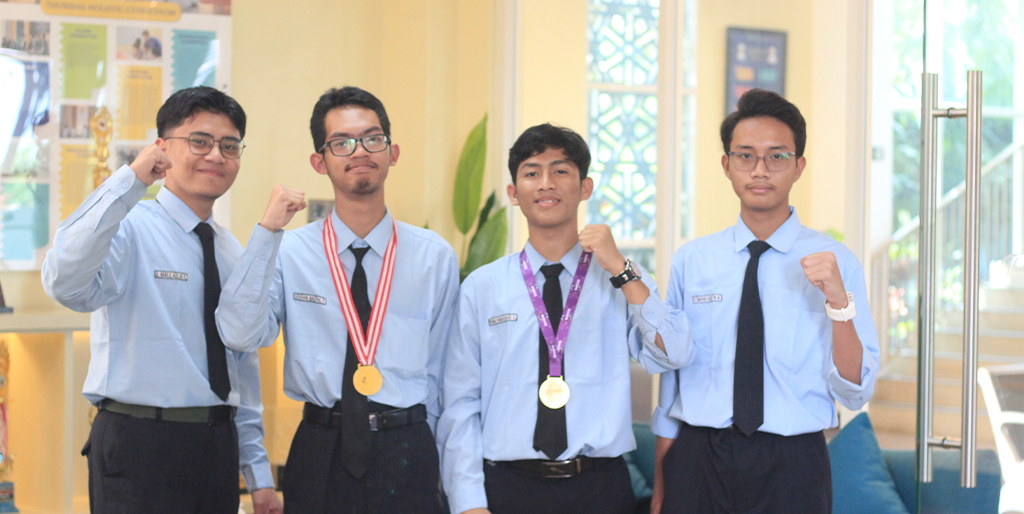Proposing Innovative Renewable Enegy Solution, Thursina IIBS Students Triumphed at MIICA
Thursina International Islamic Boarding School (IIBS) made a brilliant innovative stride at the Malaysia Invention, Innovation and Creativity Association (MIICA) where a team of students proudly brought home a gold medal and a special award.
The research team, which consisted of Sadid Jundi Furqoni, Ahmad Nabilil Aqilah Rabbani, Azzam Qowimuzaky, Bima Ramadhan Syabibi, and Raihan Naufal Fadhil, successfully developed a revolutionary solution in the field of renewable energy.
When it comes to renewable energy, solar cells have become a quite popular solution due to their affordability. However, their dependence on sunlight poses a challenge. This research is meant to open new avenues to address this issue by harnessing the untapped potential of rain. By integrating a piezoelectric disc under solar cells, this proposed solution doesn’t just solve an existing problem but also has the potential to enhance the efficiency of energy production.
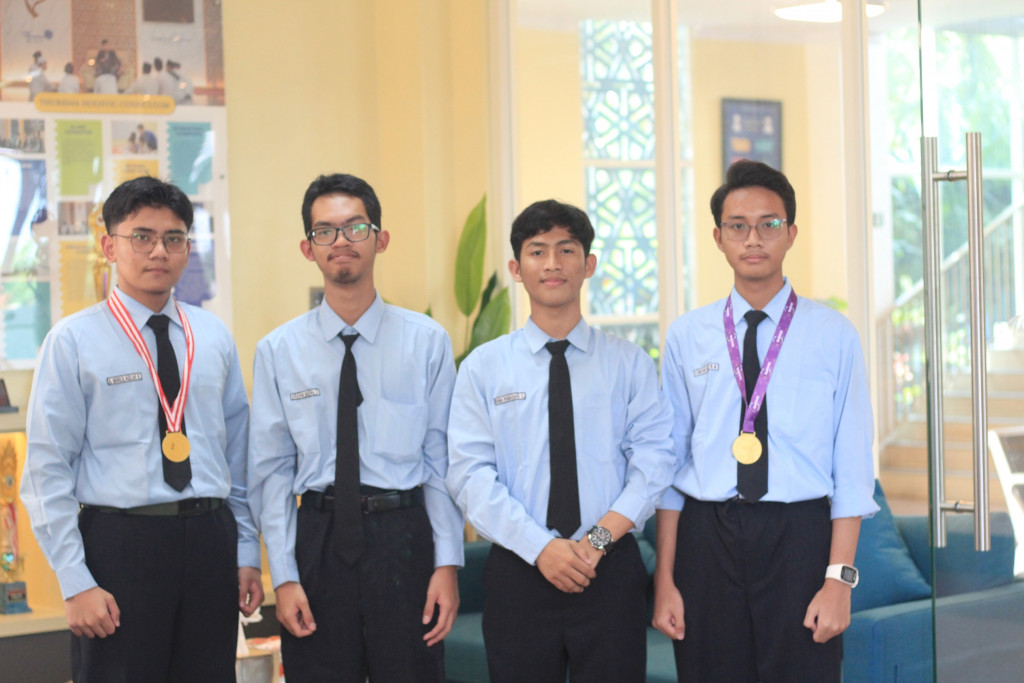
One member of the research team, Sadid Jundi Furqon, highlighted the challenge to increase the efficiency of solar cells, especially in bad weather conditions such as rain. By integrating a piezoelectric disc, they managed to create an innovative concept that can alter the up-and-down movements of solar cells, transforming them into an additional source of energy.
“When the raindrops exert pressure, it causes the solar cells to jump, causing the wiper to hit the piezoelectric disk. This sophisticated mechanism converts mechanical stress into electrical energy, effectively complementing solar energy generation," explained Sadid.
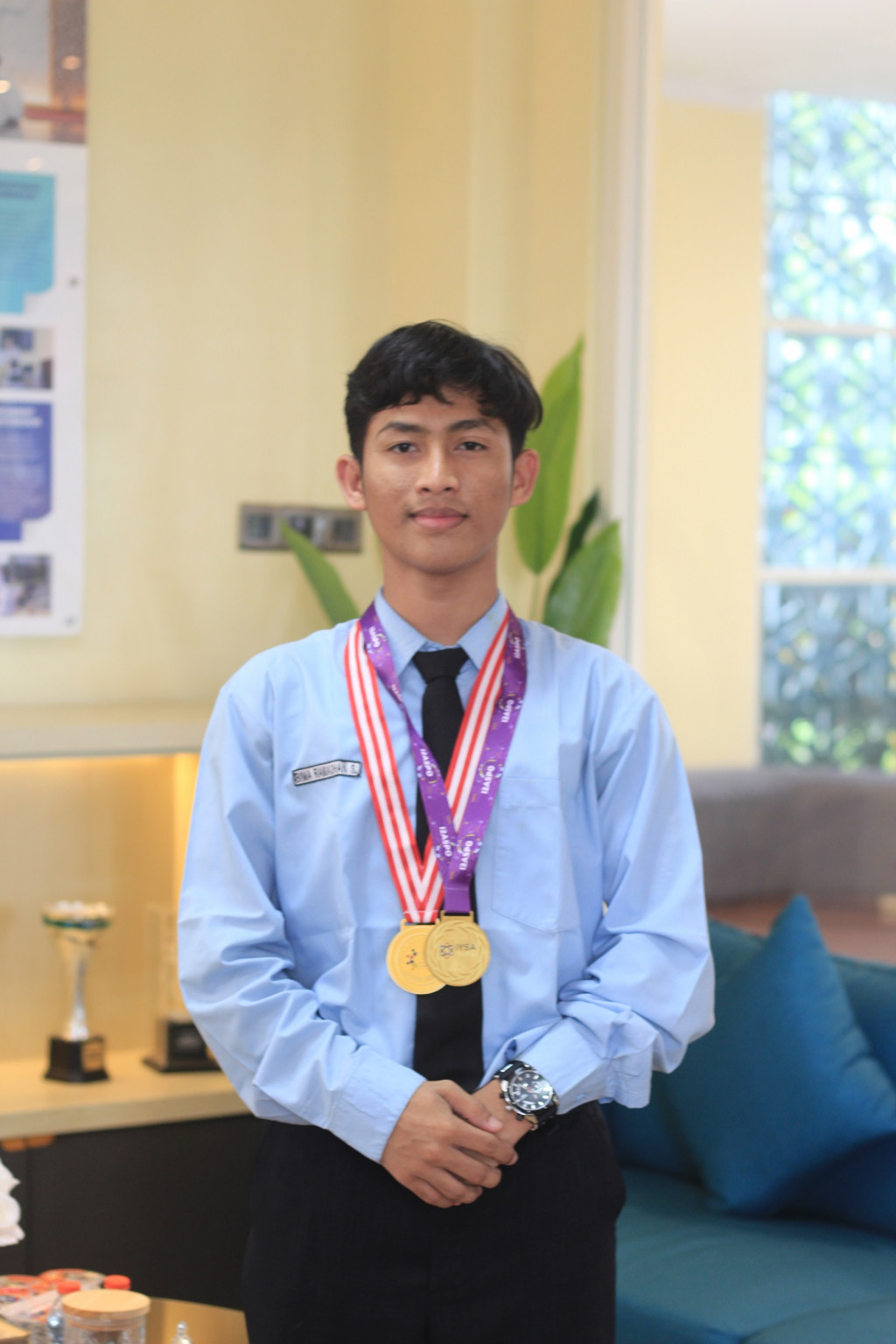
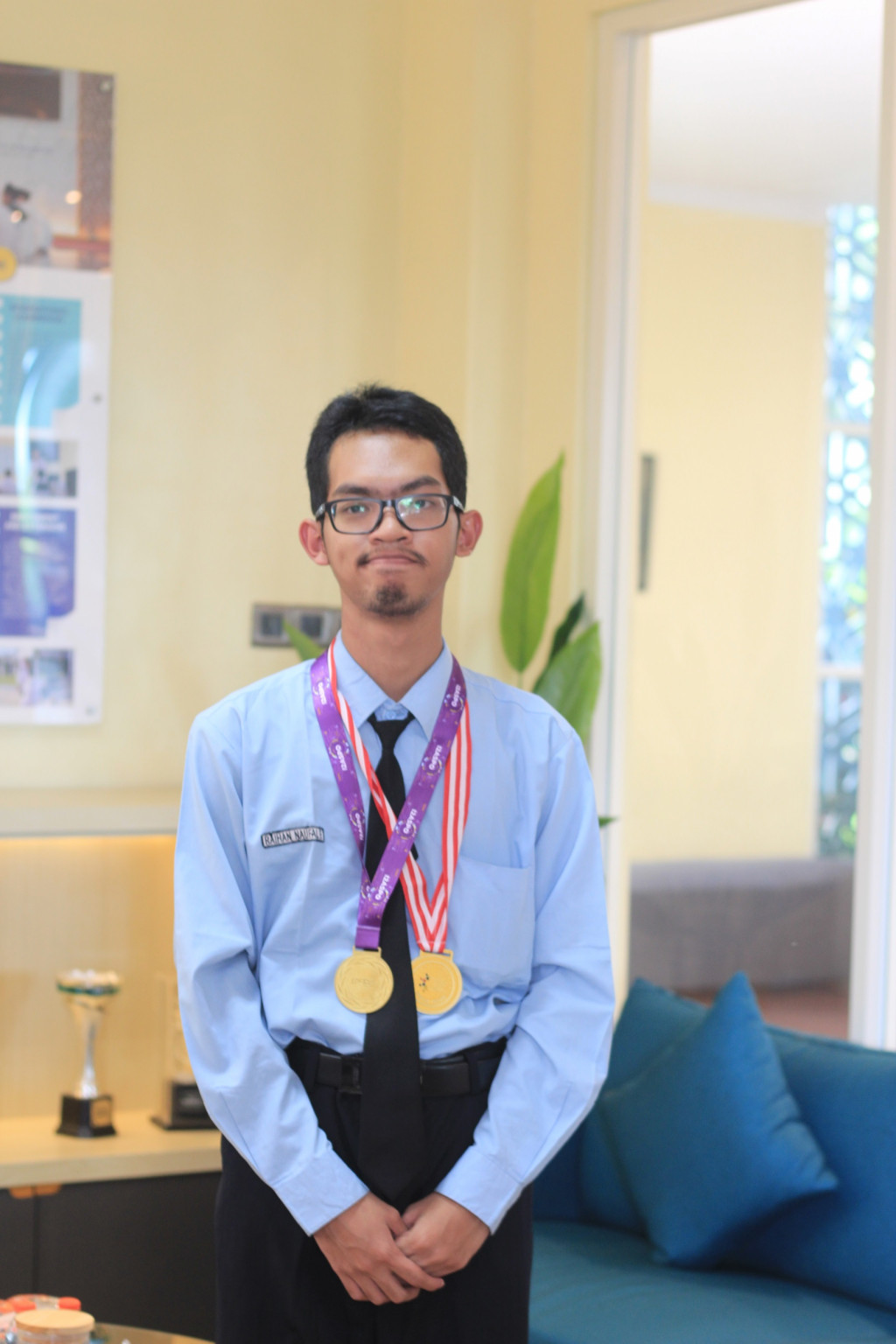
Named the Piezoelectric and Solar Cell Powerbank (PICARO), this innovation marked a paradigm shift in renewable energy solutions. PICARO combined the electricity generation function of solar cells with piezoelectric materials to create an environmentally friendly power bank. In addition to meeting energy needs, PICARO also made a significant contribution to environmental conservation.
To test the real impact of this innovation, the research group put together a comprehensive testing rig made out of three components; Main, PCB and Arduino. Through rigorous testing in both sunny and rainy weather conditions, they collected substantial data confirming the efficiency improvements achieved by PICARO. These results validate its potential as a game-changer in solar cell energy production.

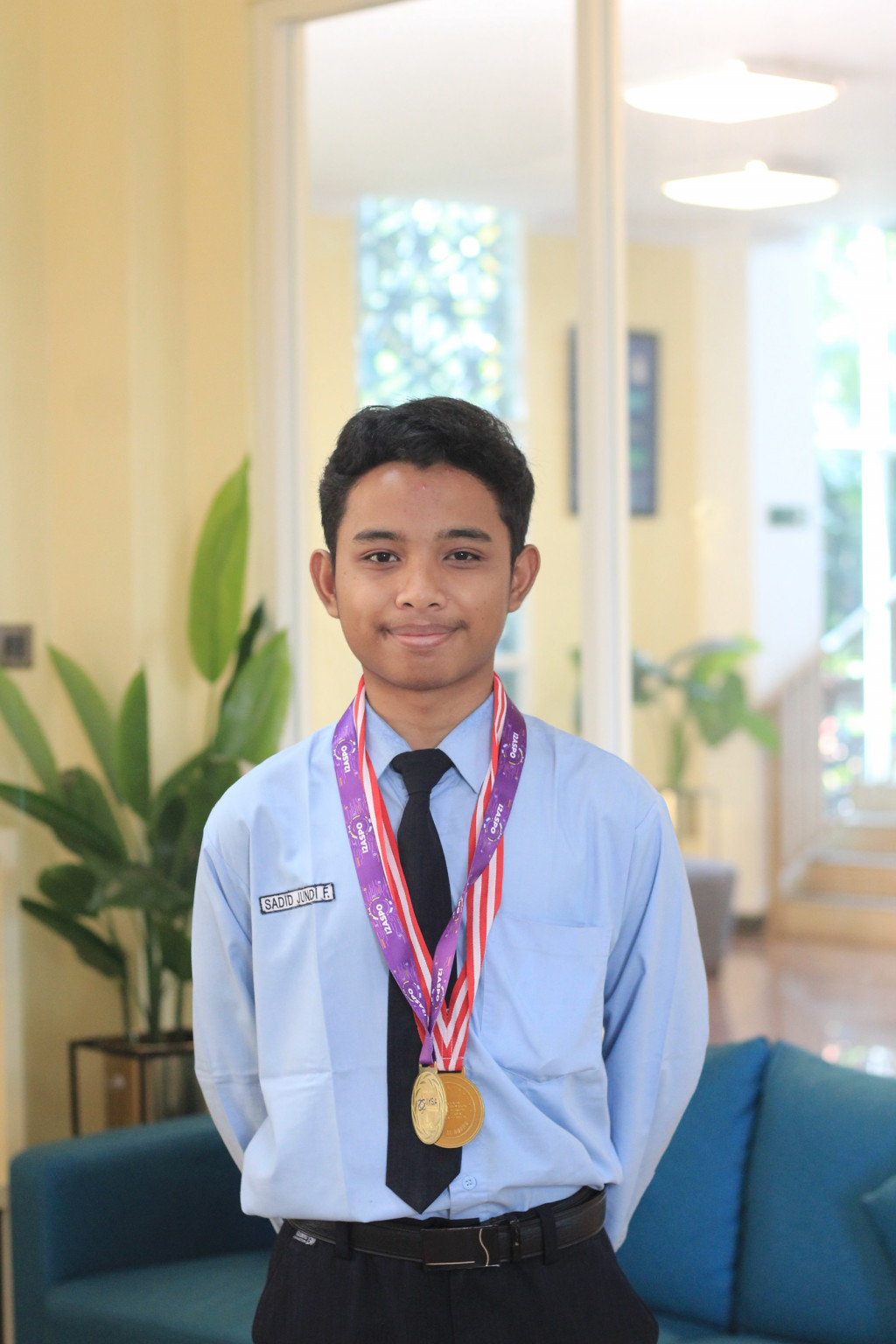
In a time when we desperately need a sustainable solution for our rising amount of energy consumption, PICARO emerged as a symbol of innovation. By harmoniously integrating solar and piezoelectric energy, the development of PICARO not only aligns with the global shift towards renewable energy but also poses a promise to make a substantial contribution to the future of portable power.
“Adopting environmentally friendly technology paves a way towards a brighter sustainable future for the next generation,” Sahid wrapped up.
